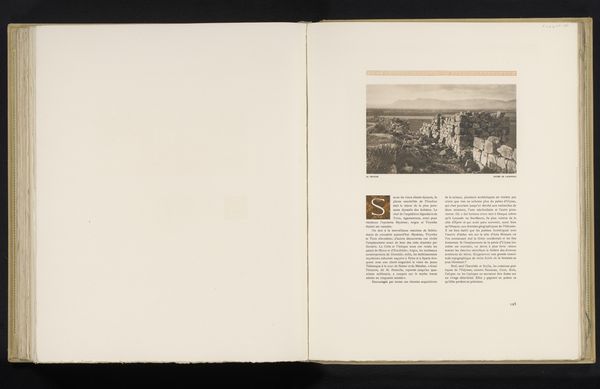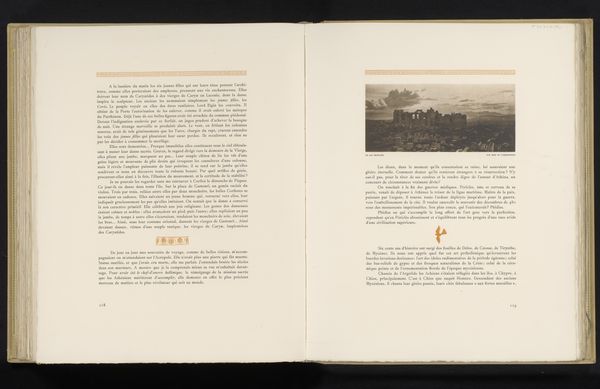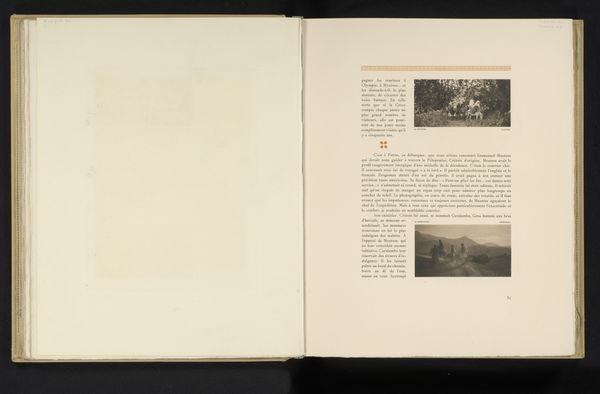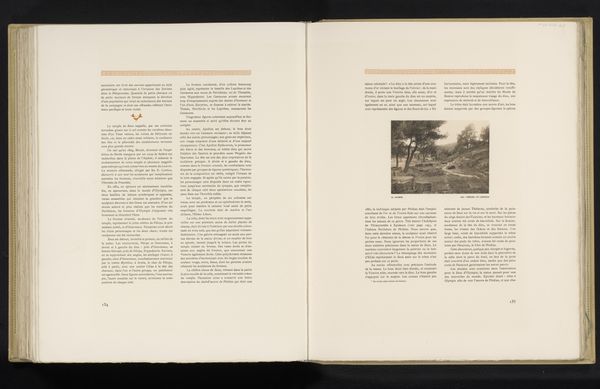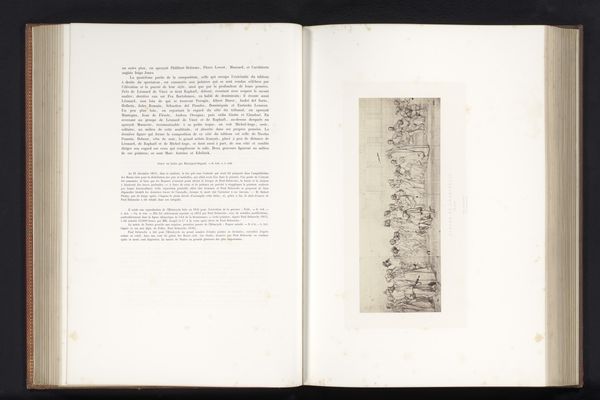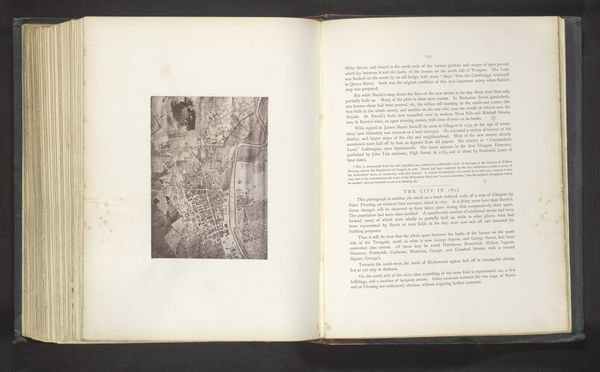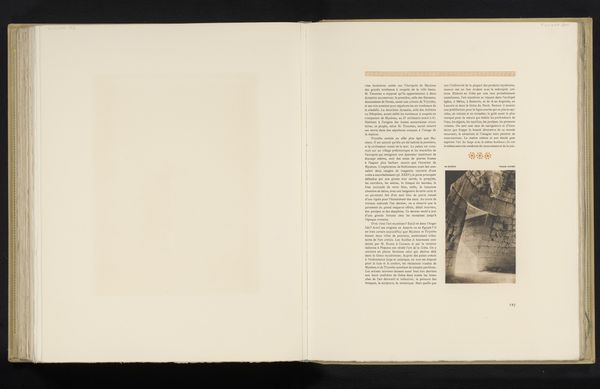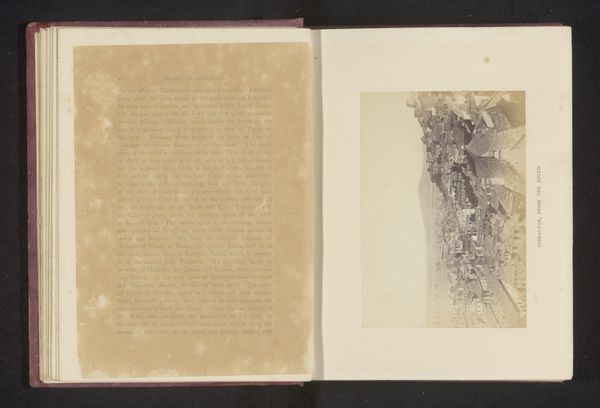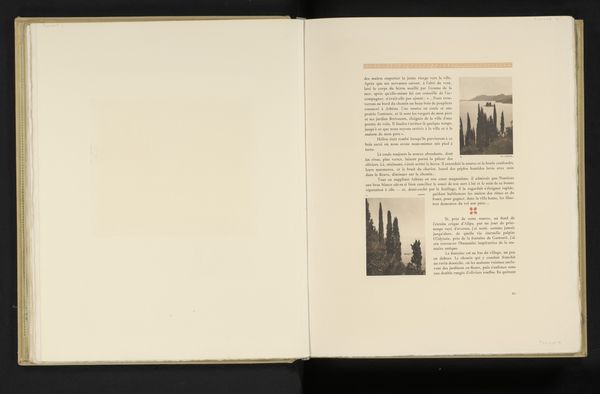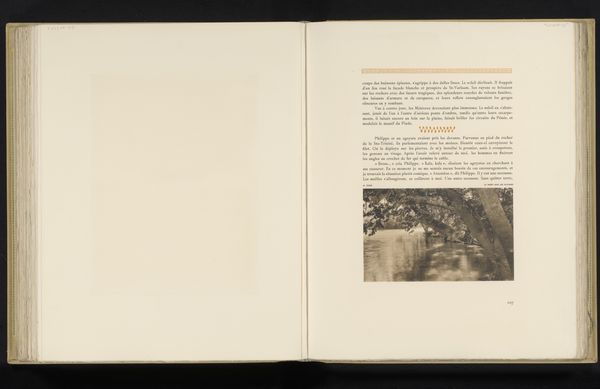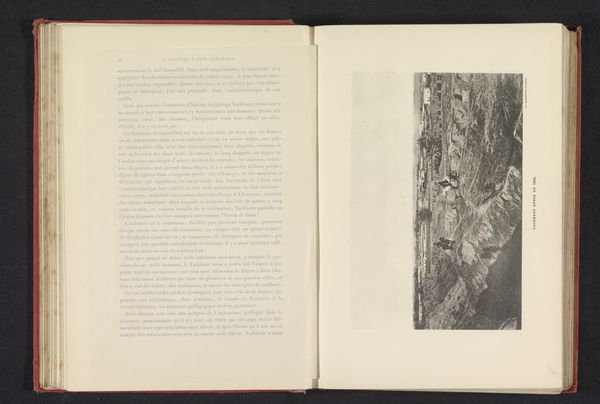
print, relief, paper, photography, collotype, sculpture
#
portrait
# print
#
greek-and-roman-art
#
relief
#
paper
#
photography
#
collotype
#
ancient-mediterranean
#
sculpture
#
history-painting
#
academic-art
#
paper medium
Dimensions: height 63 mm, width 300 mm
Copyright: Rijks Museum: Open Domain
Curator: Here we have a collotype reproduction, created before 1910 by Frédéric Boissonnas, of the west frieze of the Parthenon. Editor: The long procession of figures is immediately striking, as they stretch across the page like a hushed secret. All those overlapping bodies, and yet such formality... Curator: Indeed. The original frieze was a monumental sculpture, part of the adornment of the Parthenon in Athens. This print, captured by Boissonnas, gives us a glimpse into the enduring allure of classical art and its impact on historical imagery. Think of it as an early form of mass communication, disseminating ancient ideas through the modern medium of photography. Editor: Exactly, it's odd though, seeing this vibrant sculpture rendered in sepia tones. Makes you feel a sense of distance. Are we celebrating it or archiving it, somehow? What would Phidias have thought of this copy existing within a bound volume? Curator: The Parthenon Frieze is such an iconic representation of ancient Greece and its cultural values. This collotype acts as a conduit through which we revisit the classical world through a photographic gaze that shaped academic sensibilities around Greek Art at the turn of the century. The question isn't how different but to consider their cultural relationships in a historical context, no? Editor: Perhaps, I'm often looking at it in reverse. It gives me a feeling of both profound history, and of something that's slowly been reclaimed by the earth, a feeling I can almost smell. Curator: That earthiness you speak of echoes the real-world complexities of accessing and exhibiting ancient treasures, particularly during the rise of photography, in a modern era. Editor: I feel there's also a meditation here, for better or worse, on how memory itself works and decays with time. Curator: An appropriate metaphor given how the passage of time has altered perceptions and shaped understandings. Well, an insightful take, if I may say so! Editor: A privilege to revisit, if only virtually, in such august company!
Comments
No comments
Be the first to comment and join the conversation on the ultimate creative platform.
